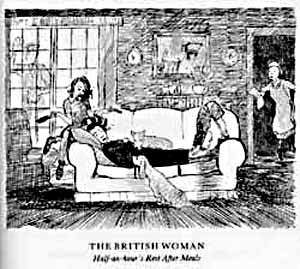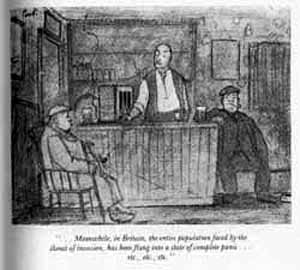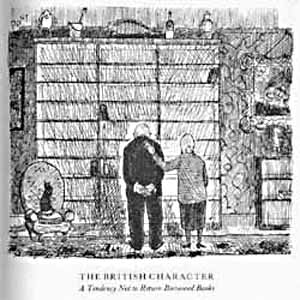Complete Covers of the First 25 Years
 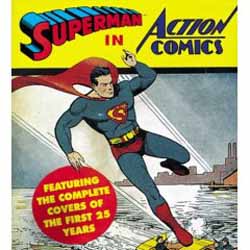
By Mark Waid (Author) and various (Abbeville Press Inc. 1993)
ISBN: 1-5585-9595-3
Another pocket art-gallery for fans of comics and exuberant graphics in general, this time showcasing the first 300 covers of the most important title in comics history. In the same format as the previously plugged Batman in Detective Comics digests (a fist-sized 11.4 x 9.9 x 2.3 cm, 320 pages) this edition reproduces every cover from June 1938 to May 1963, even those that didn’t feature the incredible Man of Tomorrow.
It’s accepted comicbook folklore that editor Vincent Sullivan ignored his boss, publisher Harry Donenfeld, not only by cover featuring Superman on Action #1, but by purchasing the strip at all, and wiser editorial heads prevailed to keep him off covers #2-6, 8-9, 11, 12, 14, 16 and 18, by which time everybody had to agree that the guy in the tights was what sold the comic. With issue #19 the front cover became Superman’s permanent home and the industry never looked back.
These powerful, evocative, charming, funny, thrilling and occasionally daft images are controversial these days. Many people consider them Art with a capital ‘A’ and close-minded, reactionary, unimaginative, bigoted die-hard poltroons don’t.
But the works of Joe Shuster, Wayne Boring, Jack and Ray Burnley, Ed Dobrotka, Fred Guardineer, Stan Kaye, George Klein, Sheldon Moldoff, Win Mortimer, Leo O’Mealia, Al Plastino, Fred Ray, Kurt Schaffenberger, John Sikela, Ira Yarbrough and Curt Swan shaped many worlds and provided captivating joy and excitement for millions.
In this book you can step back in time and see just how, and possibly, why.
© 1993 DC Comics. All Rights Reserved.

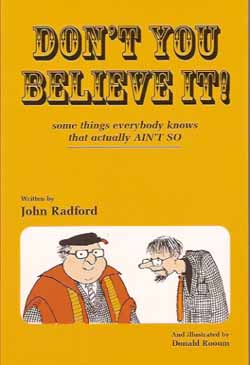
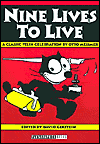
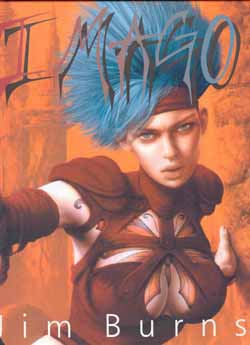
 Â
 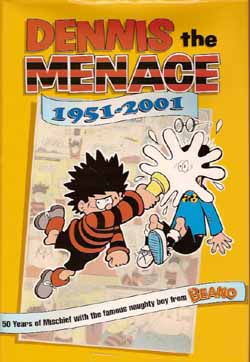
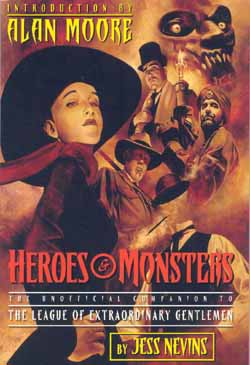
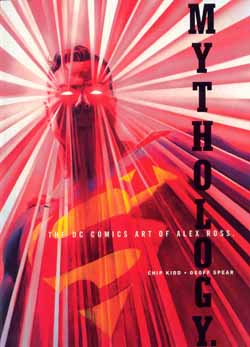 Â
  Â
 